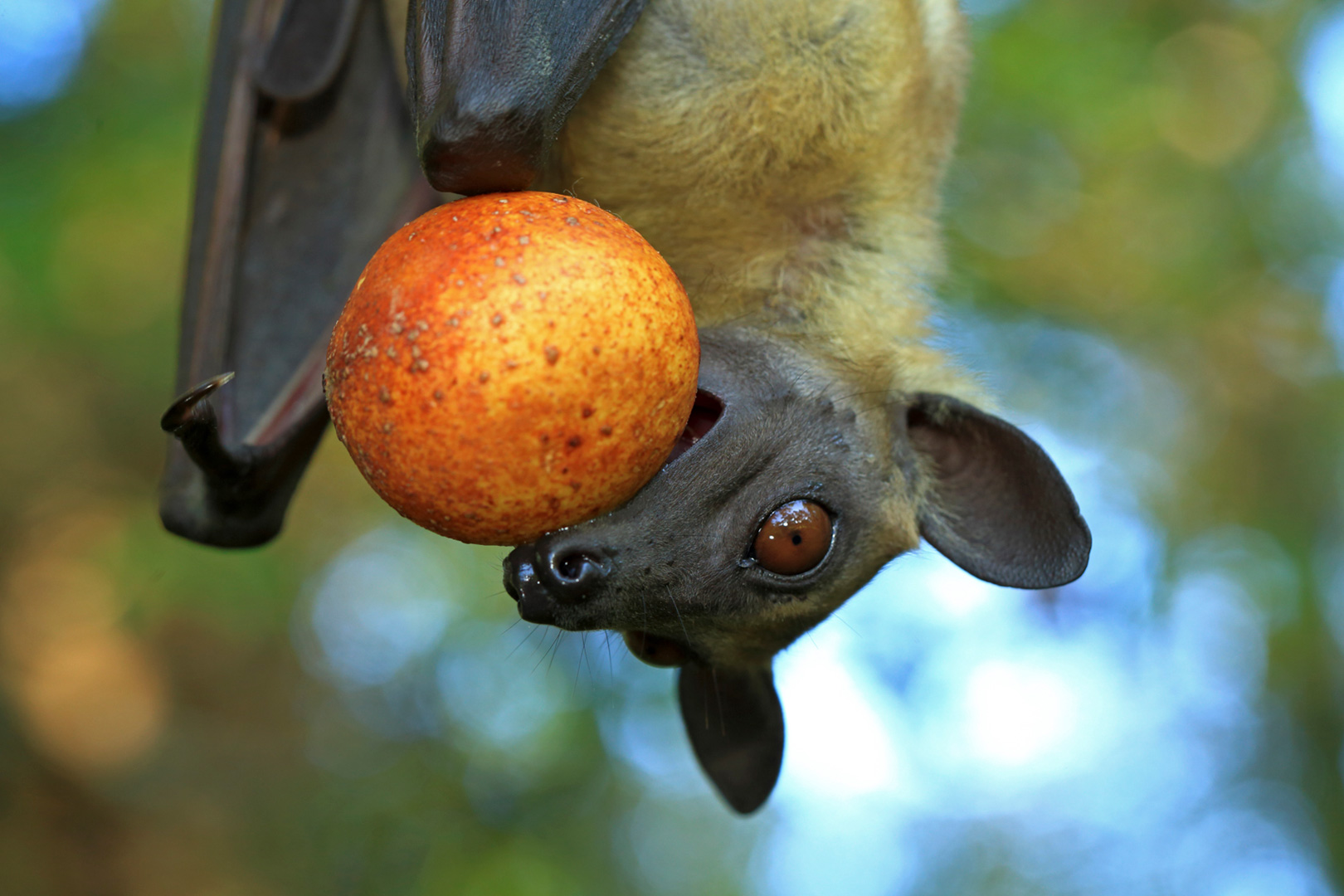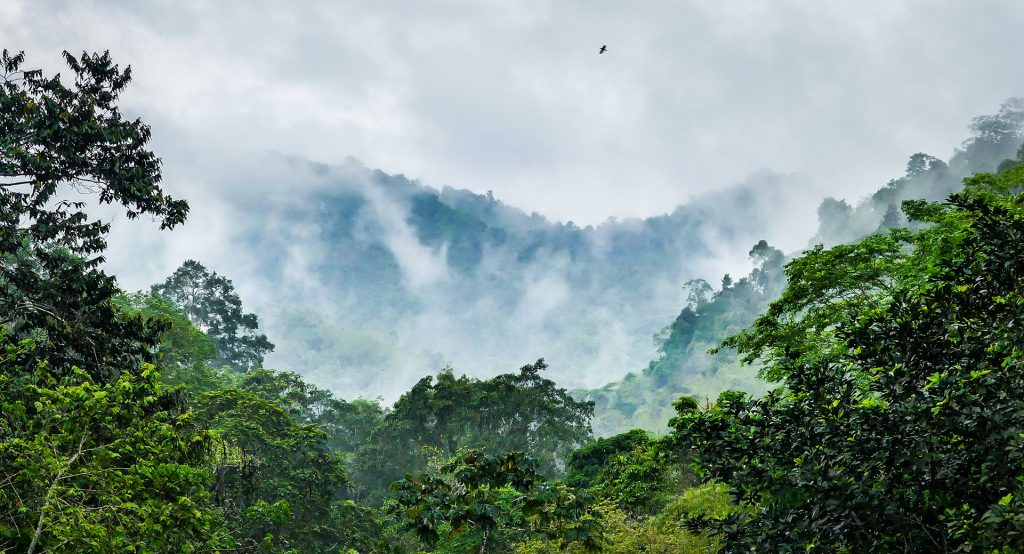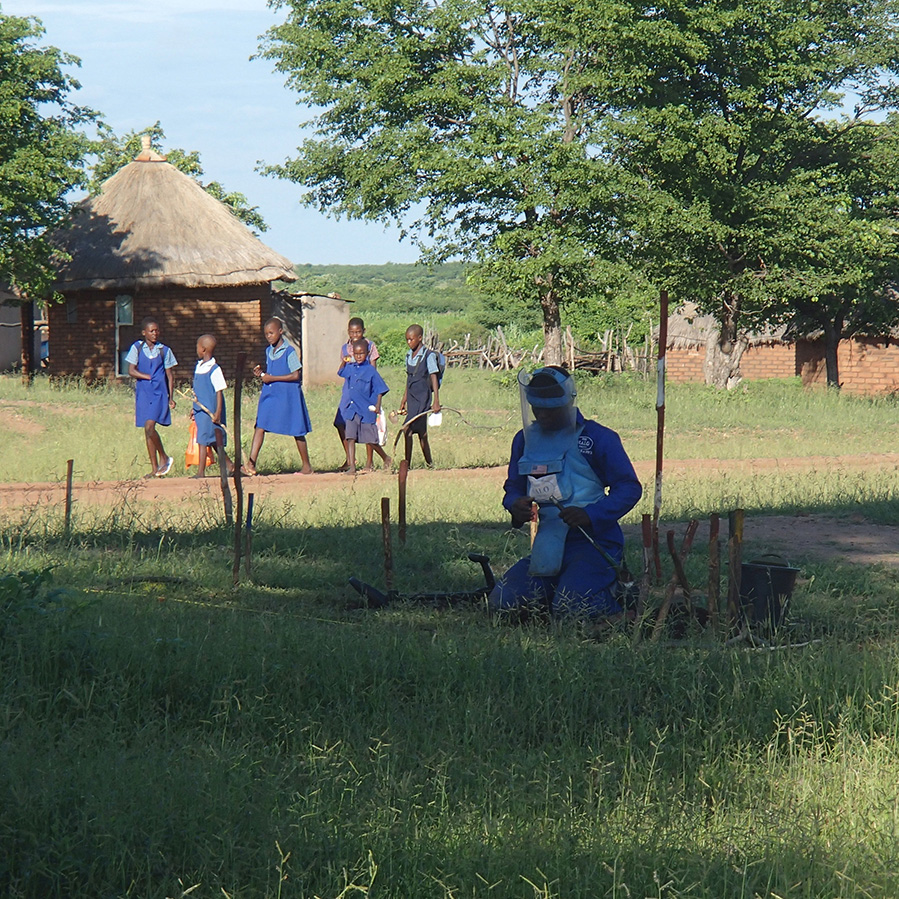I study bat migration using data from the International Space Station
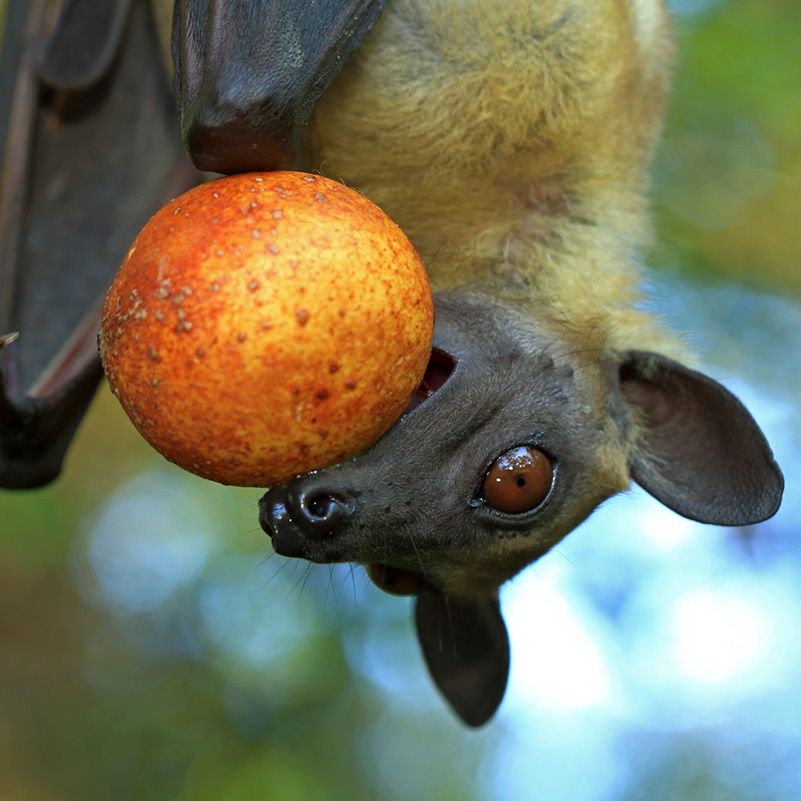
Dina Dechmann, Research Group Leader
Max Planck Institute for Animal Behaviour, Radolfzell, Germany
I study fruit-eating bat migration in Africa. To understand their migrations, we need very precise data about their high-risk travel conditions. As part of the ICARUS project (International Cooperation for Animal Research Using Space), we have developed very effective transmitters fitted to bats to relay information to the International Space Station. This innovation is a giant step in the study of animal migration. It will give us a better grasp of how the climate is changing, how biodiversity is being preserved and how infectious diseases are spreading.
Interview
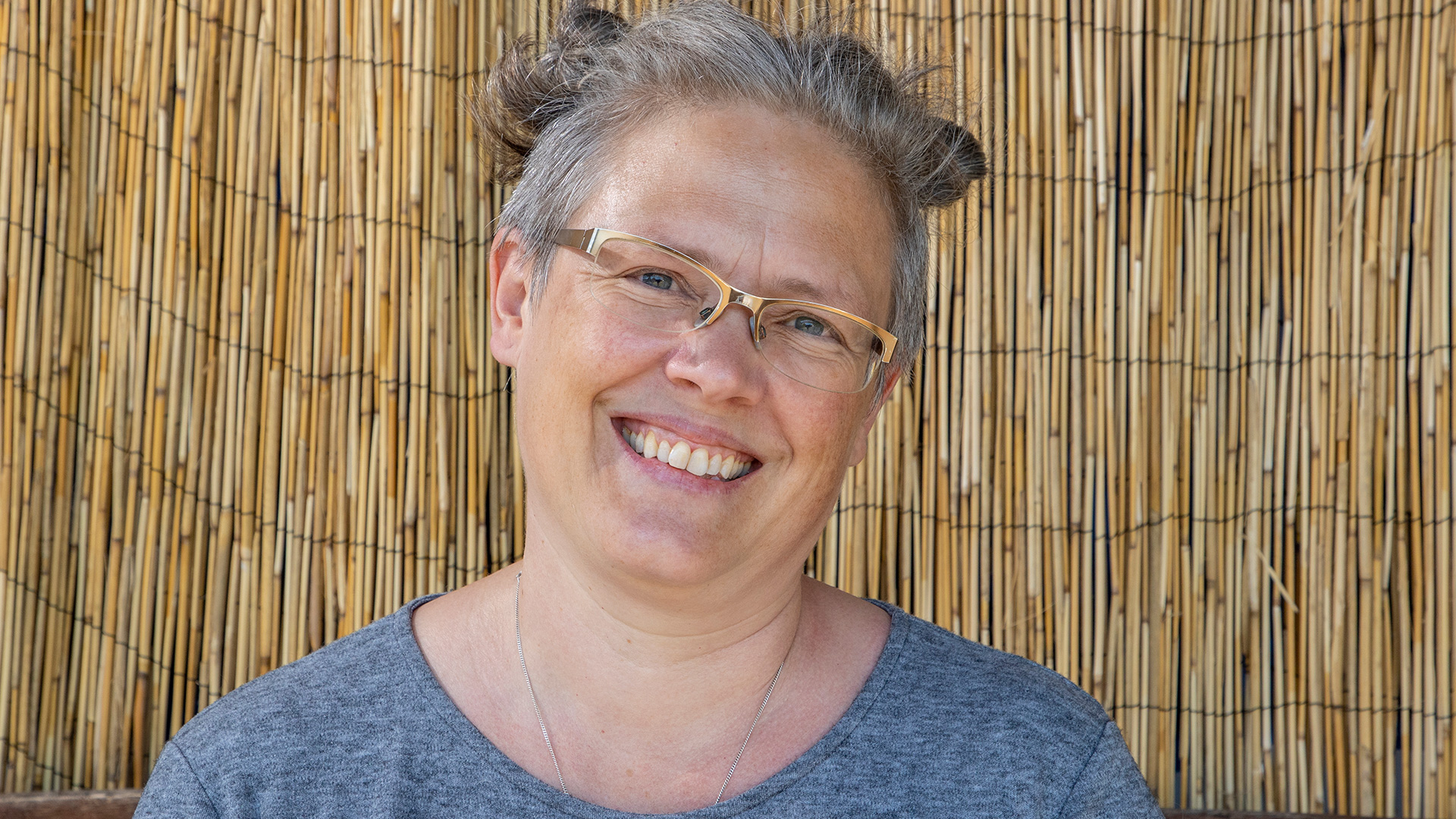
I’m Dina Dechmann. I’m a group leader at the Max Planck Institute for Animal Behaviour in Radolfzell, Germany. My group focuses mainly on shrews and bats. We study “ephemeral resource adaptations”, i.e. the animals’ adaptations to fluctuations in resource and food availability over short and long-term periods. I study this in Germany around our Institute, but also on several different continents, especially Africa and central America.
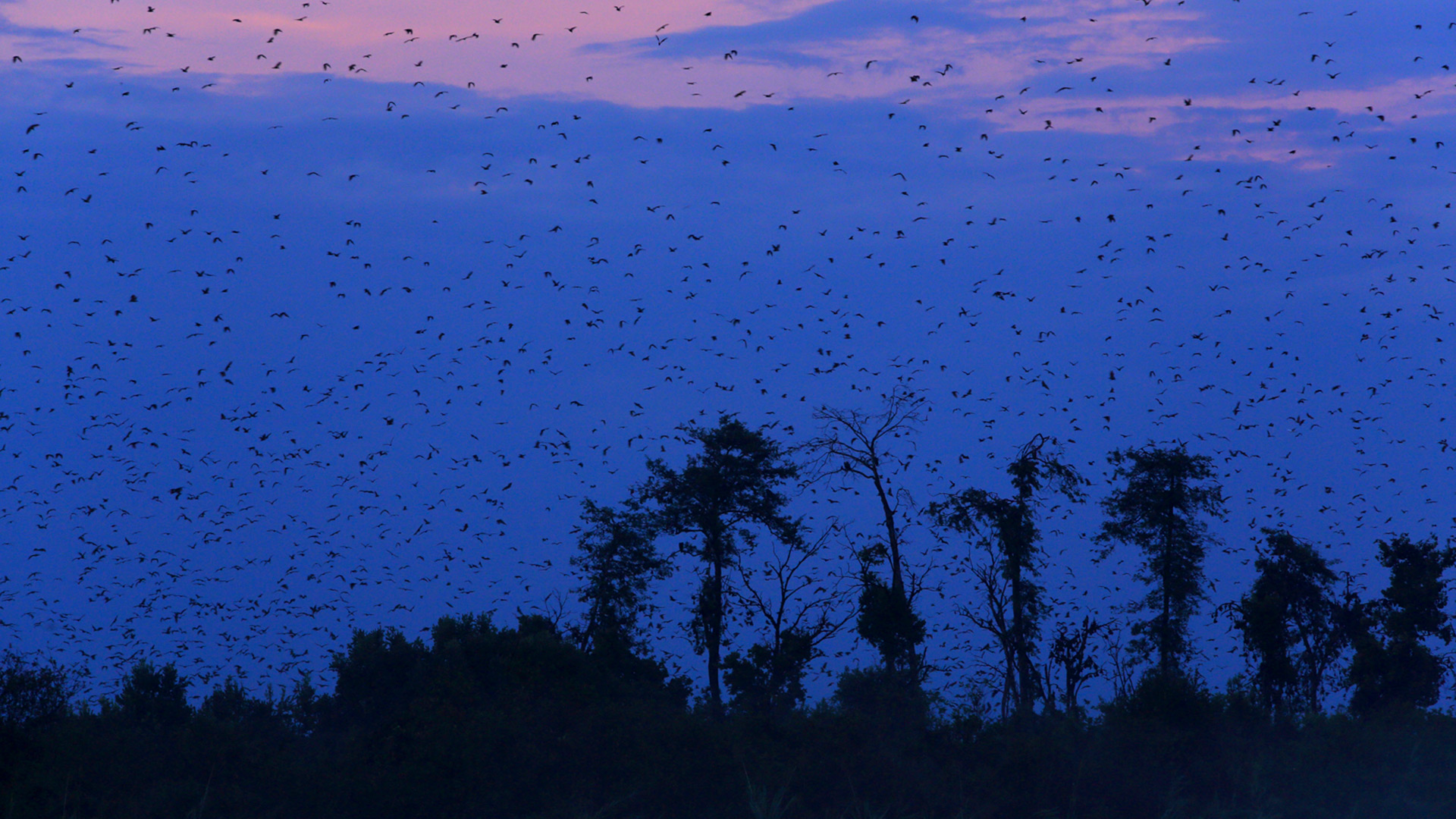
I’m interested in animal migration because it is an extremely risky thing for an animal to do. The animal has to move into an unknown landscape or at least into a landscape that it hasn’t encountered since it last migrated, which means it has to find a place to rest, it has to find food, and it’s exposed to different predation risks every day.
The motivation to migrate has to be very strong. And in bats, this is evidenced by the fact that, out of more than 1,400 species of bats, only a very small handful has developed migration as a strategy, especially those bats that I study in Africa – a large fruit bat species. They are the only African fruit bat that carries out long-distance, seasonal migration. And this is why I’m so curious why they do it and where they go.
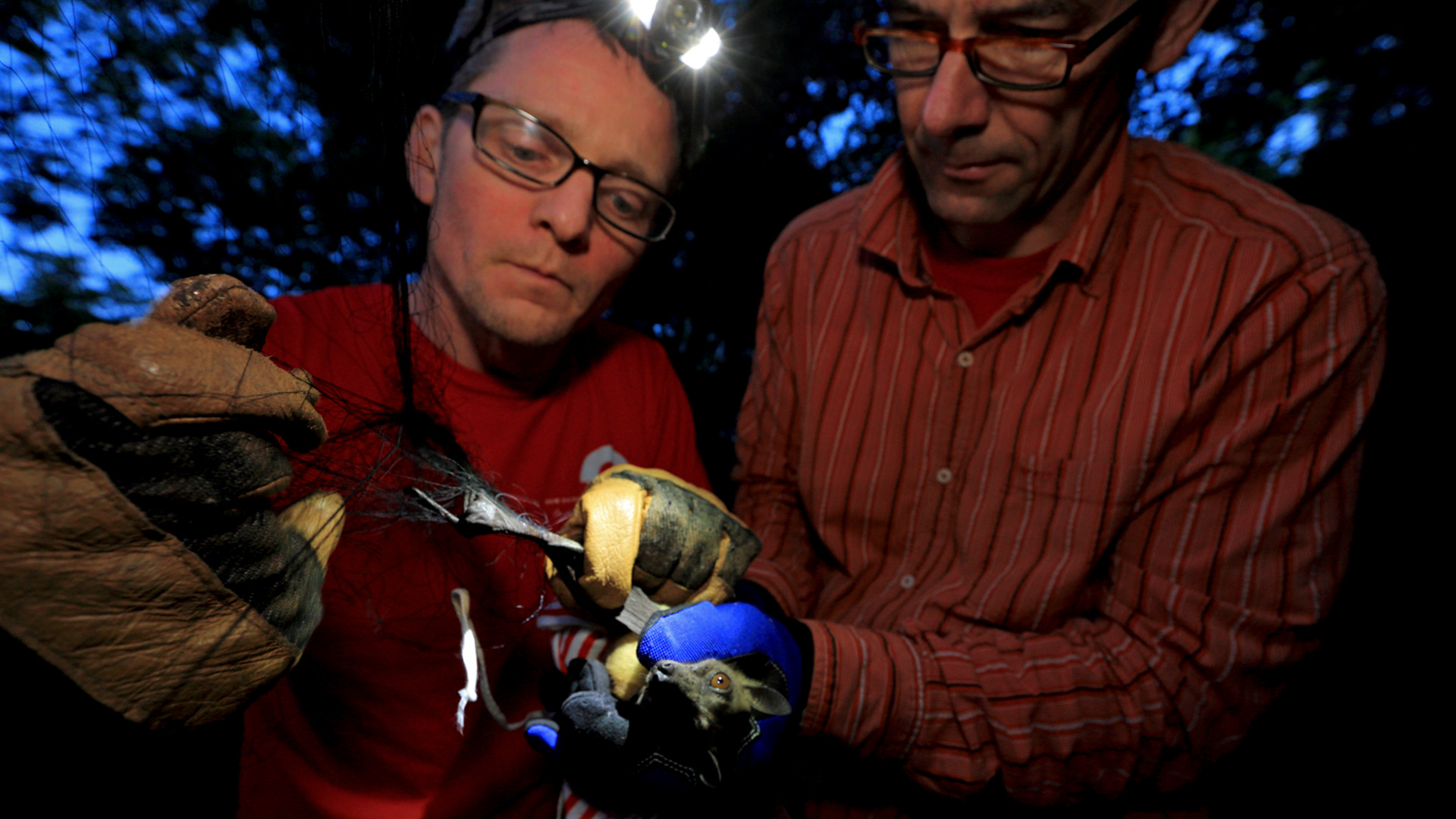
It’s important to track migrations in high resolution and in detail, because most of the knowledge we have about most migrating animals comes from ringing studies or from observations at different points along bats’ migration routes.
Ringing studies are where a bat is banded somewhere, and then it’s recaptured somewhere else. We don’t even know if this is the end point of their migration.
We know nothing about what they do in between and what triggers the decision to start migrating and how each migration step is connected to the weather, to local food landscapes, to their whole migration and to their reproductive cycle.
For this, we need higher resolution data than in past decades when the only way we were able to track migration in small animals was with satellite transmitters, where a satellite looked for a tag on an animal.
This has high margins for error, up to hundreds of kilometres. We are interested in the risks to which animals are exposed locally, in the food they eat and how long they stop over and so on. So we need to be able to pin their movement down to the exact tree where they spend the day, especially in the case of the fruit bats.
So we need really high levels of accuracy to really understand migration and the risks, costs and benefits involved in it.
The greatest challenge that we have faced in the study of migration – and I have been trying to track the migration of this particular fruit bat for a long time, since 2008, I guess – the greatest challenge is the tracking devices.
Anything that uses GPS uses a lot of power and thus needs a certain battery size. There is a rule in the bat world that we can’t put more than 5% of the animal’s body mass as added weight with the transmitter.
So that really limits us. Bat species like flying foxes can be as light as 180 grams. This means a nine gram tag and that doesn’t last very long. Even if we put such a nine gram tag on these animals, we would still have to recapture them because there is a download link that is active for a long duration so that we can download data if we get close enough to the animal, without recapturing it, but this also uses a lot of power.
So for a long time, power limitations have been our main problem. This is true for all small animal tracking, not just bats, but with bats, we have the added problem that they are nocturnal and most of the small GPS tags that do somehow download from a distance if someone’s on the ground and nearby are powered with solar panels.

So then the next step forward and – again this is only for fruit bats – were the Icarus tags which are solar powered but the solar panels were developed with fruit bats in mind from the very beginning, and they can be charged with partial irradiation; even exposure to the sun at an angle, they can still charge.
This was one thing that was necessary. The other thing necessary was to develop a very good programming schedule that would limit the amount of time that a tag searches for satellites. This solved two of the problems. And now we could use GPS technology instead of satellite technology.
The advantage of using a GPS logger is that it’s a device that looks for satellites. And there is a threshold that we set to say, only if you have contact to so many satellites, say three or four, then you can log your own position onto yourself.
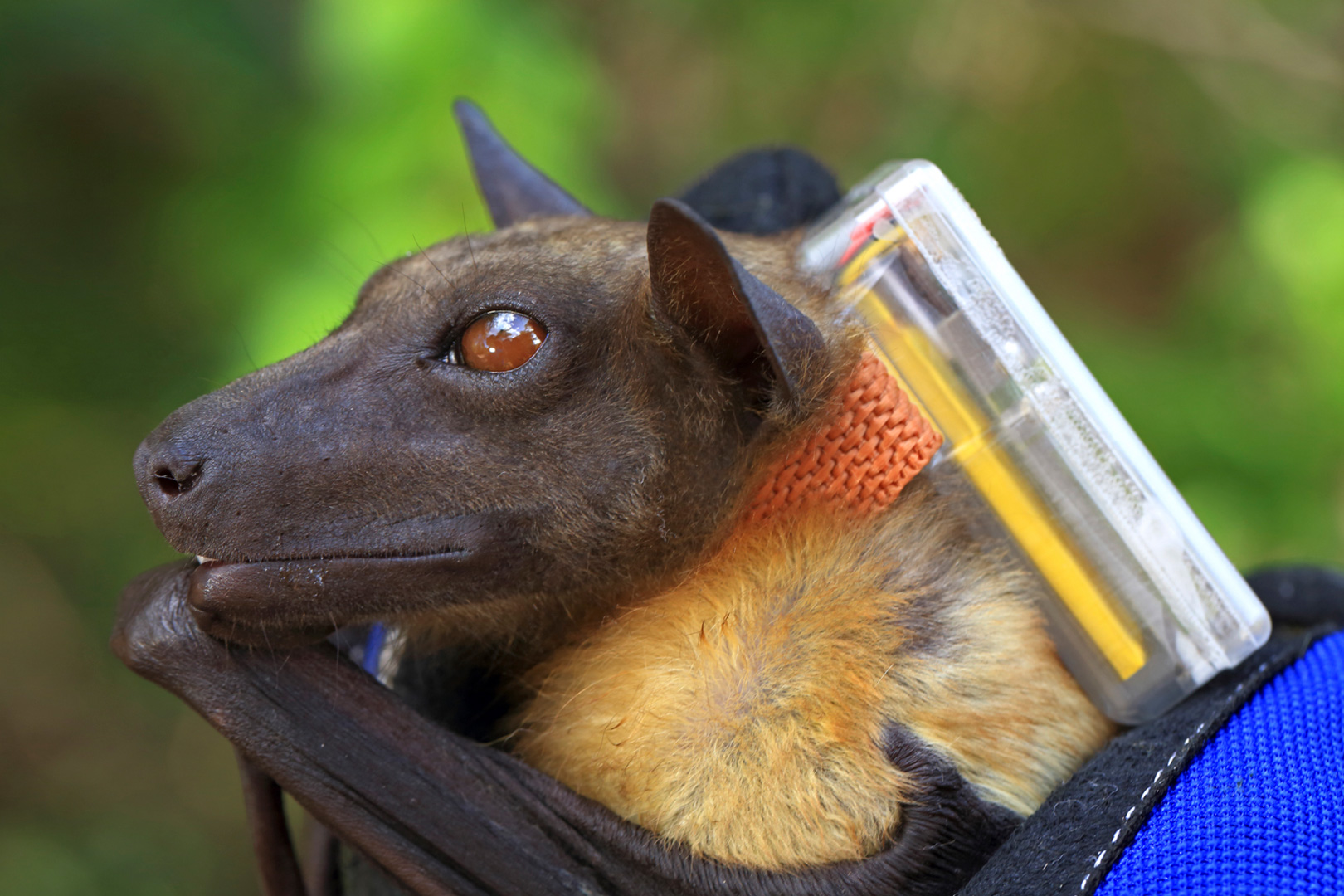
This increases accuracy enormously. And then the Icarus tags – and this is the final really important factor with them – the Icarus tags then send the information to the ISS when it passes over. That way we can get the information without having to recapture the tag.
For us, it is so important to track the migration in detail to really understand what drives the migration and how. We are pretty sure of its resource availability. We are also using information from space for that by using satellite imaging to look at the greenness of the landscape, which is a proxy for food availability to see how these bats ride the so-called Green Wave – we find that they probably do.
For the African fruit bat, an added factor is that, on the one hand, they’re arguably the most numerous mammal of Africa so they are very, very common. They live in huge colonies of sometimes millions of animals, often in the middle of cities – which we don’t understand at all. But on the other hand, They’re under huge threat. Everybody knows that people talk only about bats in the context of disease at the moment.
This species of bat in particular is being looked at over and over, although nobody really ever finds any disease in them, just evidence of past contact with disease. And so yes, people are cutting down the roost trees and actively chasing them away. In many countries they’re killing them and hunting them to eat. And so everywhere we see their numbers going down and we are very worried. We feel they’re like the passenger pigeon in the US where there were also huge numbers of them.
People were also hunting them thinking, “Yeah, we have enough of them, there’s loads of them”. But when they dropped below a certain population level, all of a sudden, all of them were gone. This is called an allee effect. We are worried we’ll see something similar in flying foxes. This isn’t only bad because they’re a cute bat species, but because they are a key species in African ecosystems, They are extremely important pollinators and seed dispersers, but maybe the most important of them, is because there are not many animals that eat fruit and then leave the cover of the forest. Gazelles, monkeys, birds, most of them will always stay within the forest’s protection to be safe from predation. But flying foxes cover open landscapes and deforested landscapes. They keep seeds in their guts for a long time and then defecate during flight, which is also something other animals don’t do. We have been able to prove that they are probably the most important species for reforesting clear cut areas and for transporting seeds, contributing to gene flow over the African landscape. So if these flying foxes ever go, it will be because of us. That will be catastrophic for Africa.
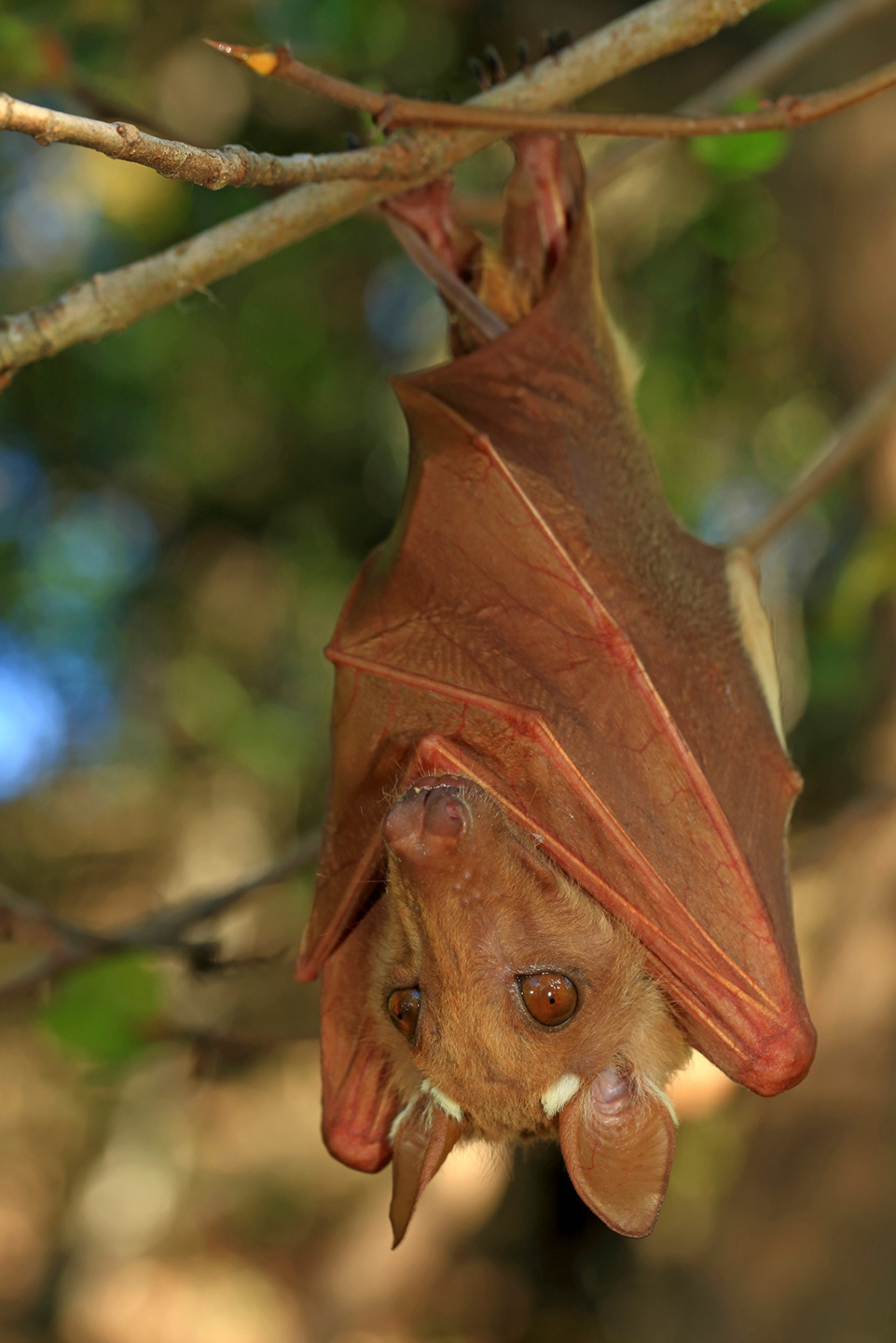
So my message to everybody listening would be: please don’t see bats as the enemy. Every animal can transmit disease, including ourselves. I think we are our own worst disease transmitters, and this is also true for bats. Of course, bats can cover large distances and thus, maybe carry disease quite far, but it is also emerging that bats have excellent immune systems and can deal with disease very, very well. They don’t often reproduce and shed viruses that are transmitted to other animals.
There is probably an extremely short time period, if at all, when a bat comes into contact with disease and they hardly ever die from disease. For me, bats provide a model for understanding how to deal with disease rather than a reason to be afraid. Anyone that is careful in their personal interaction with bats is never in any danger from them. So please remember how good they are for us rather than whether you need to be scared of them or not.
Gallery
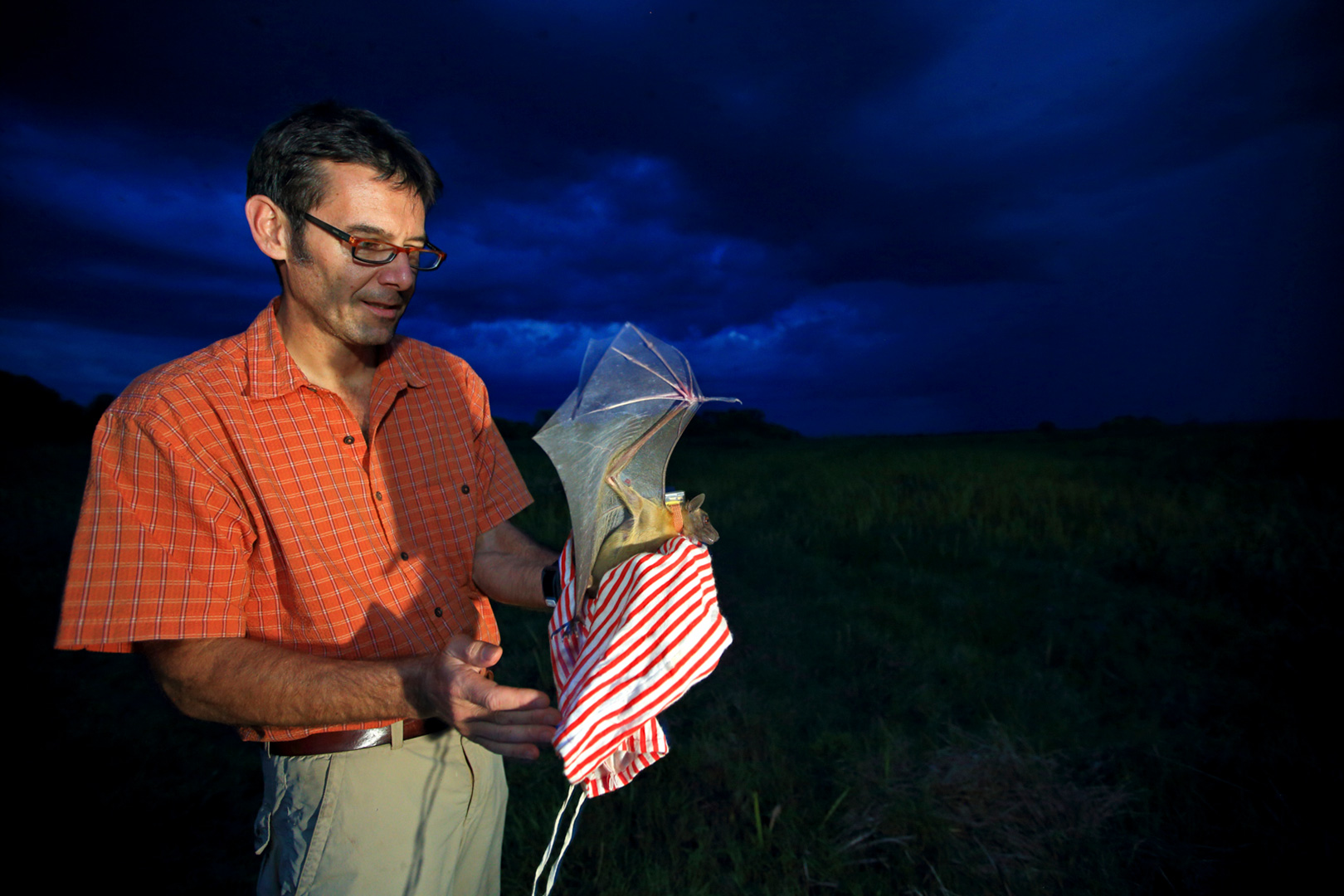
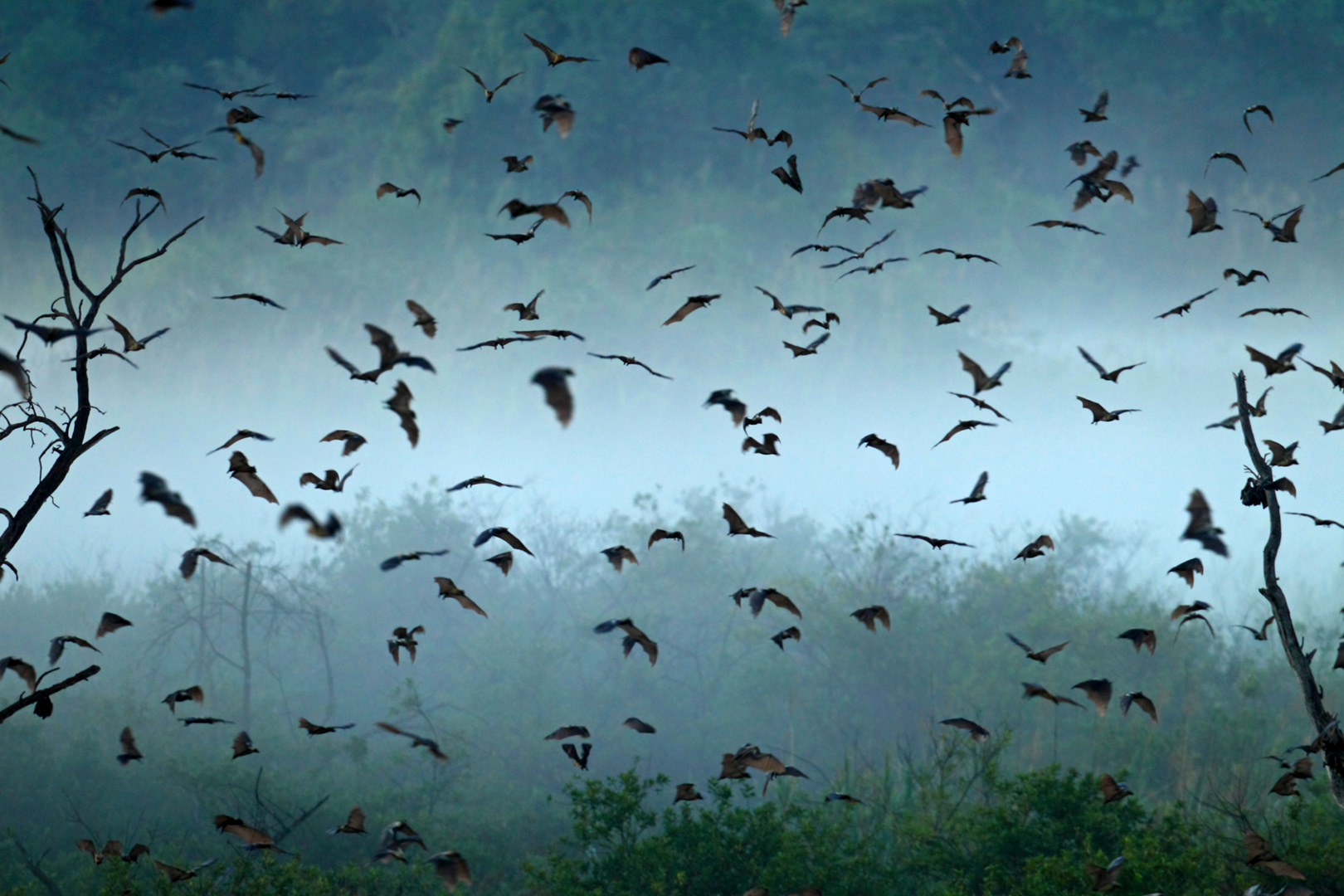
Protect and restore forests, promote sustainable forest management and use of terrestrial ecosystems, combat desertification, and halt and reverse land degradation and biodiversity loss
Check out more
